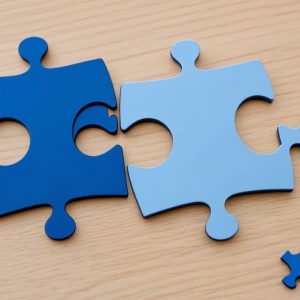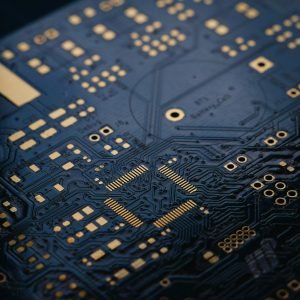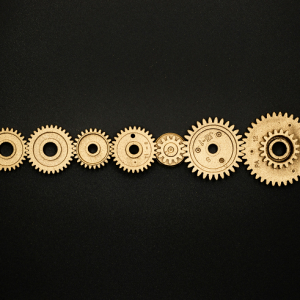-
Home / News
News
-
Read More
For companies seeking patent protection across Europe, particularly small and medium-sized enterprises (SMEs), understanding the differences between the traditional granted European patent and the newer Unitary Patent (European patent with unitary effect) is crucial for managing Intellectual Property (IP). While both systems originate from a single application process at the European Patent Office (EPO), they differ significantly in their territorial effect and post-grant requirements.
-
Read More
A clear patent application is as much about organization as it is about technical detail. A common mistake is haphazardly jumping between drawings, which disrupts the narrative and frustrates examiners who need to grasp your invention quickly.
The solution is both simple and effective: a disciplined, figure-by-figure approach. This method creates a logical pathway, guiding your reader smoothly through your invention's story. -
Read More
The United States Patent and Trademark Office (USPTO) is launching its Automated Search Pilot Program, introducing artificial intelligence into patent examination. This initiative could fundamentally change how inventors approach patent prosecution.
-
Read More
For innovators in software and artificial intelligence, securing a patent in the United States requires clearing a significant initial hurdle: patent eligibility under 35 U.S.C. § 101. While an application must satisfy all requirements of US patent law, it is this specific criterion that most often determines the fate of computer-implemented inventions (CIIs).
-
Read More
The patenting of computer-implemented inventions at the European Patent Office (EPO) is associated with a number of specific requirements based on the European Patent Convention (EPC) and established case law. A key feature is the necessity to prove the technical character of the computer-implemented invention; without it, the invention will be considered a non-patentable subject matter.




